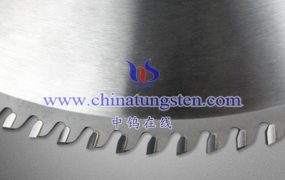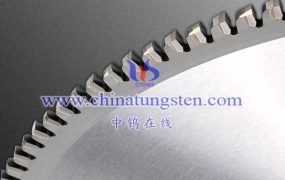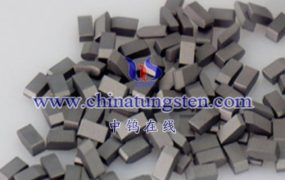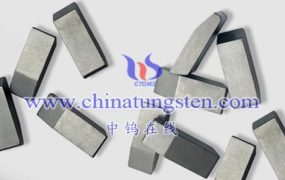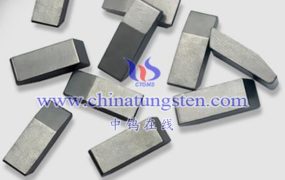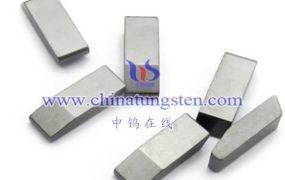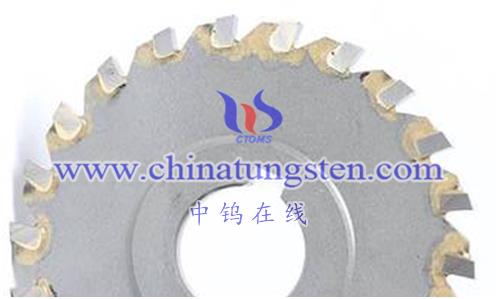
The manufacturing process parameters of cemented carbide have a significant impact on performance. The following are some of the main manufacturing process parameters and their impact on carbide properties:
- The composition and structure of the hard phase and bonding phase: The performance of cemented carbide is affected by the composition and structure of the hard phase and bonding phase. In general, when the hard phase content is high and the grains are fine, the alloy has high hardness and good wear resistance, but poor impact resistance. When there is a lack of carbon in the alloy, an eta phase (decarburized phase) appears, making the alloy brittle. When the content of titanium carbide or tantalum carbide is high, the red hardness of the alloy increases and its resistance to crater wear is enhanced.
- The composition and structure of the bonding phase: The composition and structure of the bonding phase also have an important impact on the properties of cemented carbide. In cemented carbide production, Co is a good bonding metal. Compared with Ni and Fe, Co has good wettability with the hard phase, and the properties of the bonded cemented carbide are usually higher than those bonded by Ni and Fe. Due to Ni’s low magnetism and good corrosion resistance, WC-Ni, as a non-magnetic alloy or corrosion-resistant alloy, is superior to WC-Co alloy in performance.
- Sintering temperature and time: Sintering temperature and time are important parameters in the cemented carbide manufacturing process and have a great impact on the properties of the alloy. Long-term sintering at high temperatures is beneficial to the densification of cemented carbide and improves its hardness and wear resistance. However, sintering temperature that is too high or time that is too long can lead to problems such as cracks and grain growth in the alloy.
- Atmospheric pressure: When manufacturing cemented carbide, the choice of atmospheric pressure will also affect its performance. Sintering in a reducing atmosphere is beneficial to maintaining the stability of carbides in the alloy and improving the hardness of the alloy. Sintering in an oxidizing atmosphere can easily lead to problems such as oxidation and carbide decomposition of the alloy.
In order to optimize the performance of cemented carbide, these manufacturing process parameters need to be carefully considered and controlled. In practice, the performance of cemented carbide can be adjusted and optimized by modifying the bonding phase with different compositions and structures, using advanced sintering technology, optimizing atmosphere pressure and sintering temperature. For example, good results have been achieved by adjusting the composition of the bonding phase to improve the red hardness and creep resistance of cemented carbide. If Co-Ni-Cr-Mo-Al superalloy is used to replace the traditional Co bonding phase, the bonded carbide blade edge will have a longer service life and better resistance to cutting deformation than the Co bonding phase.
More details of tungsten carbide product, please visit website: http://tungsten-carbide.com.cn/
Please contact CHINATUNGSTEN for inquiry and order of tungsten carbide:
Email: sales@chinatungsten.com
Tel.: 86 592 5129595
